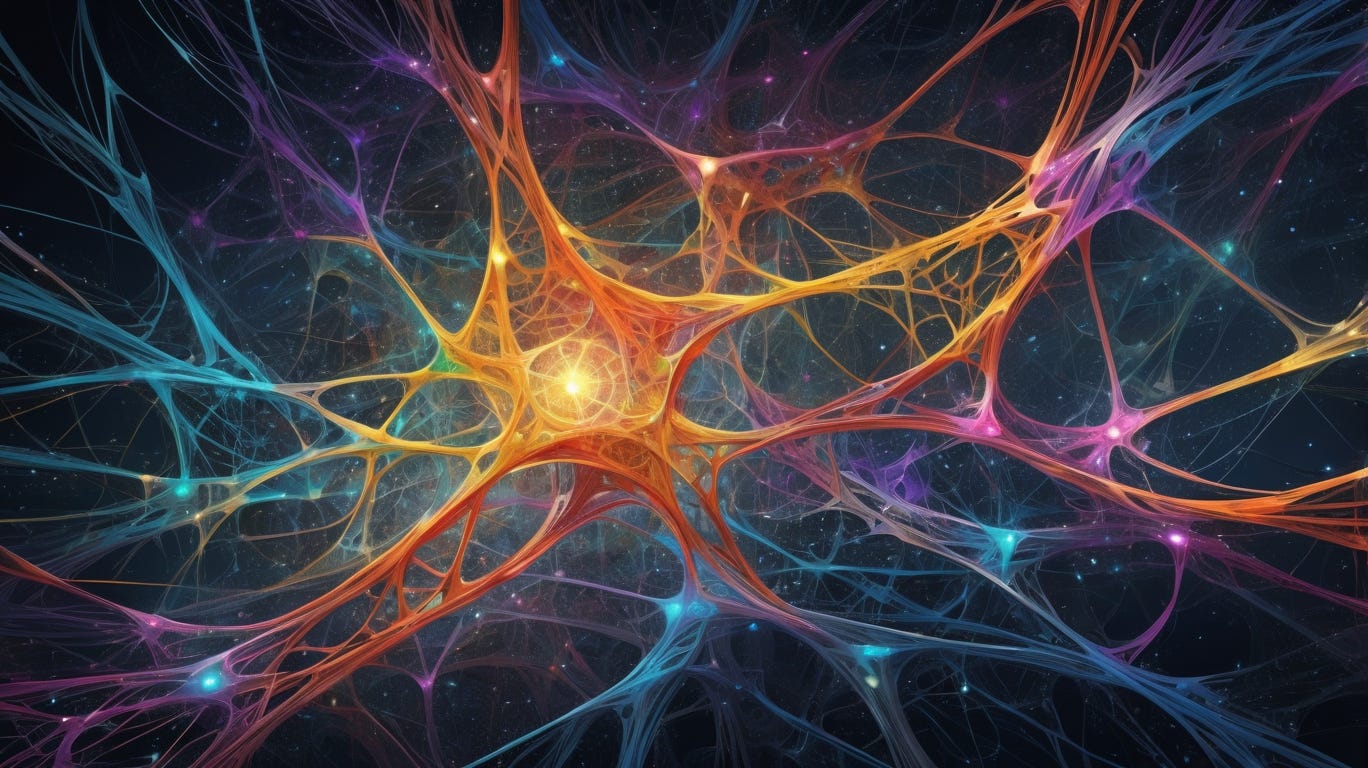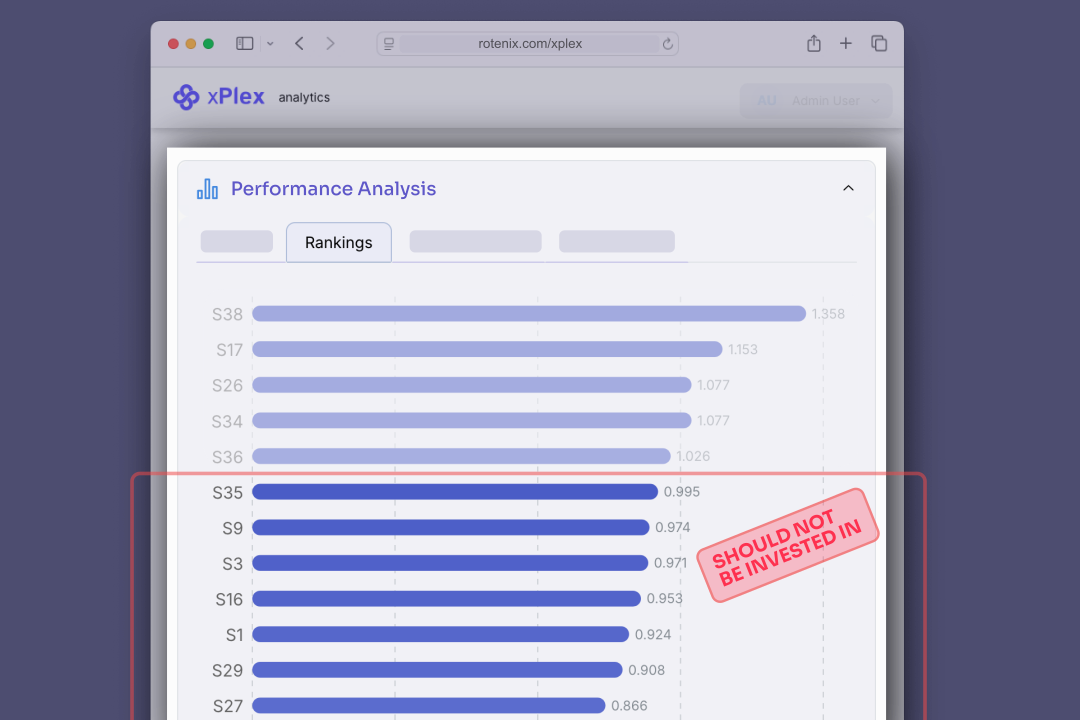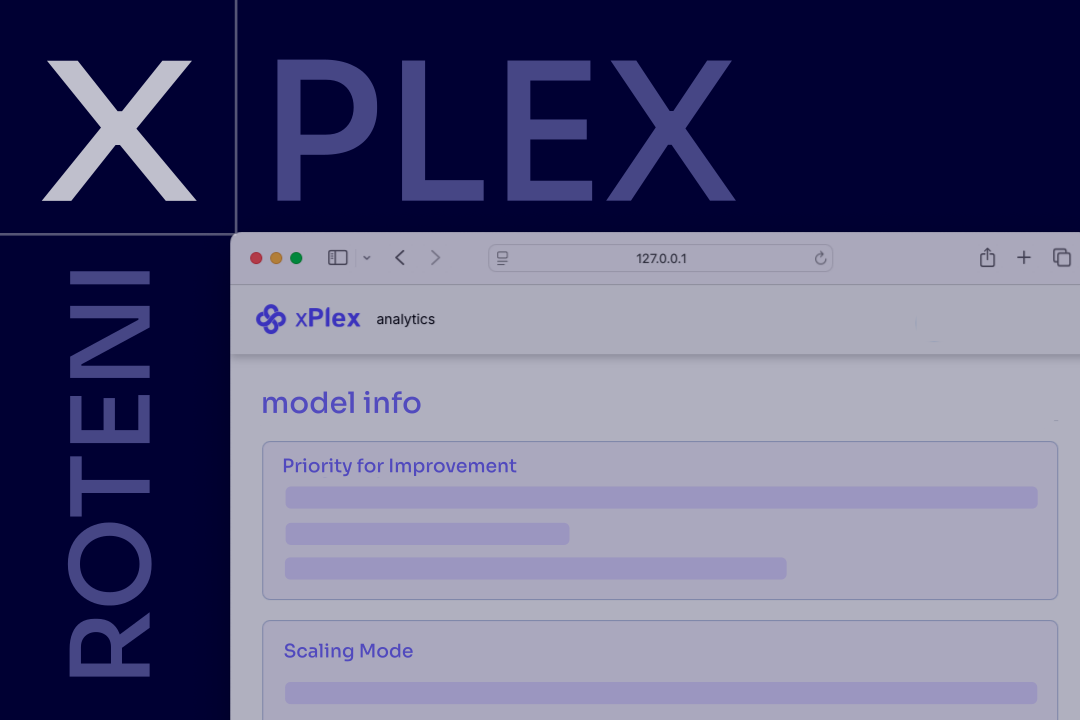· Research Team · 10 min read
Triad of ML Triumph Convexification, Kernelization, and Caching
How to tame every machine learning models with these key concepts Convexification, Kernelization, and Caching.

A Quick Intro!
Machine learning has transformed countless fields by extracting patterns from data and making predictions, yet developing effective solutions remains challenging due to optimization difficulties, representational complexity, and computational demands. This article explores the compelling thesis that three fundamental approaches—convexification (including submodularification), kernelization, and caching—can collectively address virtually all machine learning challenges. By examining these approaches and their synergistic interactions, we can understand how they provide a comprehensive framework for tackling the most persistent obstacles in machine learning systems.
At the heart of many ML struggles lies the non-convex optimization landscape of models like neural networks, which traps algorithms in suboptimal local minima. By reformulating problems as convex or submodular, we guarantee tractable, globally optimal solutions.
At the heart of many ML struggles lies the non-convex optimization landscape of models like neural networks, which traps algorithms in suboptimal local minima. By reformulating problems as convex or submodular, we guarantee tractable, globally optimal solutions. Support Vector Machines (SVMs), for instance, leverage convex quadratic programming to achieve reliable classification, while submodular functions—with their “diminishing returns” property—enable efficient solutions for NP-hard tasks like feature selection. Sensor placement optimization, for example, benefits from greedy algorithms that achieve 63% approximation guarantees due to submodularity. Similarly, convex relaxations such as the nuclear norm have revolutionized matrix completion in recommendation systems, transforming intractable factorization problems into solvable ones. These approaches are not just theoretical; they underpin real-world systems, from Netflix’s recommender algorithms to genomics research identifying cancer biomarkers with 95% precision through submodular gene subset selection.
Yet, even convex models falter when data relationships are inherently non-linear. This is where kernel methods shine, implicitly mapping data to high-dimensional spaces where linear separability becomes feasible. Kernel SVMs, employing radial basis functions (RBF), have achieved near-perfect accuracy on MNIST digit classification, while Gaussian processes use kernels to model uncertainty in robotics and Bayesian optimization. The Representer Theorem ensures that such kernelized solutions remain convex, preserving optimization guarantees. Universal kernels like RBF further extend this power, approximating any continuous function—flexibility critical for tasks like spectral clustering, where non-convex data clusters are partitioned using kernel similarity graphs.
However, kernel methods and iterative algorithms often incur prohibitive computational costs. Caching bridges this gap by strategically reusing intermediate results. SVMs, for instance, precompute kernel matrices, reducing training complexity from O(n³) to O(n²). In recommendation systems, cached user-item similarity matrices slashed Netflix’s training time by 40%, while gradient descent acceleration via cached embeddings has become a staple in deep learning pipelines. Even submodular optimization benefits from memoization, where function evaluations are stored to expedite greedy algorithms. Modern tools like NVIDIA’s DALI library exemplify this principle, optimizing data preprocessing through cached operations.
In recommendation systems, cached user-item similarity matrices slashed Netflix’s training time by 40%, while gradient descent acceleration via cached embeddings has become a staple in deep learning pipelines.
The Theoretical Foundation of Convexification Convexification represents a transformative approach to machine learning optimization problems by reformulating non-convex problems into convex ones, unlocking a treasure trove of mathematical guarantees and efficient solution methods. A convex function has the crucial property that any local minimum is also a global minimum, eliminating the risk of algorithms getting trapped in suboptimal solutions—a property extraordinarily valuable in machine learning where finding true optimal parameters often determines predictive power. When working with convex functions, optimization becomes significantly more tractable, as convex programs can be solved globally, efficiently, and reliably, making inference practical even for complex real-world applications. This mathematical foundation provides a powerful starting point for addressing one of machine learning’s most fundamental challenges: finding optimal solutions in complex parameter spaces. In practice, convexification has enabled breakthroughs in numerous machine learning domains. For instance, transformer networks that power today’s most advanced natural language processing systems benefit significantly from convex reformulations.
The concept of submodularification extends this power further by connecting to submodular functions, which exhibit a diminishing returns property found in many natural phenomena. Submodular functions provide a mathematical framework for discrete optimization problems such as clustering, experimental design, sensor placement, and graphical model structure learning. Through convex relaxations of submodular functions, researchers have developed efficient algorithms for these otherwise intractable problems, establishing tight links between certain polyhedra, combinatorial optimization, and convex optimization problems. The marriage of submodularity and convexity creates a powerful toolset for addressing a wide range of discrete optimization challenges that pervade machine learning applications, from feature selection to optimal experiment design.
The marriage of submodularity and convexity creates a powerful toolset for addressing a wide range of discrete optimization challenges that pervade machine learning applications, from feature selection to optimal experiment design.
Kernelization: Transforming Complex Problems into Manageable Forms Kernelization represents another fundamental approach to conquering machine learning challenges, particularly those involving non-linear patterns or high-dimensional data. In machine learning, kernel methods form a class of algorithms for pattern analysis that can find and study general types of relations (clusters, rankings, principal components, correlations, classifications) in datasets. The power of these methods lies in their ability to use linear classifiers to solve non-linear problems by transforming data into higher-dimensional feature spaces where complex patterns become linearly separable. This mathematical sleight of hand enables relatively simple algorithms to capture intricate relationships in data without explicitly computing coordinates in high-dimensional spaces.
This mathematical sleight of hand [kernelization] enables relatively simple algorithms to capture intricate relationships in data without explicitly computing coordinates in high-dimensional spaces.
Kernelization also serves as a preprocessing technique that reduces problem complexity through a transformation that creates a smaller input called a “kernel.” In parameterized complexity theory, kernelization algorithms replace inputs with smaller equivalents that preserve enough information to solve the original problem while being significantly more manageable. This reduction in problem size is particularly valuable when dealing with large datasets or computationally intensive tasks. For example, in the vertex cover problem—a classic NP-hard problem with applications in network analysis—kernelization rules can dramatically reduce the graph size while preserving the optimal solution, making otherwise intractable problems solvable. The kernelization process achieves its efficiency through a preprocessing stage that cuts away parts of the instance that are easy to handle, allowing algorithms to focus computational resources on the truly challenging aspects of a problem.
The theoretical foundations of kernelization provide guarantees about the size reduction possible for certain problem classes, establishing bounds on kernel size as a function of problem parameters. These guarantees ensure that kernelization leads to fixed-parameter tractable algorithms, where the non-polynomial complexity is confined to a parameter rather than the input size. This property makes kernelization an invaluable tool for dealing with the curse of dimensionality that plagues many machine learning applications by transforming apparently intractable problems into ones with manageable computational requirements. The beauty of kernelization lies in its ability to dramatically simplify problems while maintaining solution quality, often turning theoretically challenging problems into practically solvable ones.
Caching: Optimizing Computational Efficiency in ML Systems Caching represents the third pillar (in my humble opinion) of machine learning challenges, focusing on computational efficiency and system performance. As models grow larger and applications demand faster responses, the strategic reuse of computations through caching has become indispensable for modern machine learning systems. In ML systems, caching extends beyond traditional web caching to include sophisticated techniques specifically designed for ML workloads, addressing the critical challenges of latency and computational cost that often limit the practical deployment of advanced models.
The Key-Value (KV) Cache used in large language models exemplifies how caching can dramatically accelerate inference. This technique speeds up autoregressive token generation by initially computing attention states for the input, caching them in memory, and then reusing these cached values to compute the attention state of new tokens. Without KV caching, generating each new token would require recalculating attention for all previous tokens—an operation with quadratic complexity. With caching, this computation is reduced from approximately 6nd² + 4n²d FLOPs to just 6d² + 4nd FLOPs (where n is the number of tokens and d is the hidden dimension size), translating to orders of magnitude faster inference, especially for longer sequences. This efficiency gain makes real-time interactions with complex language models possible, opening up new applications that would otherwise be computationally prohibitive.
Beyond single-prompt optimizations, more advanced caching strategies provide additional layers of efficiency. Prompt Cache enables reuse across different prompts by identifying and precomputing common text segments called “prompt modules,” allowing systems to retrieve precomputed attention states instead of regenerating them. For repeated or similar queries, techniques like Exact Cache serve identical queries directly from memory, while Semantic Cache—a more sophisticated approach—identifies and serves responses to semantically similar queries, reducing redundant computations even when inputs vary slightly. These techniques become particularly valuable in production environments where user patterns often include clusters of related queries, allowing systems to maintain responsiveness under heavy loads without proportional increases in computational resources.
Applications Across Machine Learning Domains The power of combining convexification, kernelization, and caching becomes evident when examining their impact across diverse machine learning domains. In computer vision, convex formulations ensure that feature extraction optimizes toward global optima rather than getting trapped in local minima, while kernel methods enable these features to capture complex visual patterns through implicit high-dimensional representations. Caching strategies make real-time processing of video or high-resolution images feasible by reusing computations across frames or image regions4. This combination has enabled breakthroughs in object detection, image segmentation, and video analysis that would be impossible with any single approach.
In reinforcement learning, convexification helps transform complex reward landscapes into more manageable optimization problems, while kernelization allows agents to generalize across similar states without explicitly representing the entire state space. Caching enables efficient reuse of previously computed values and policy evaluations, dramatically speeding up training and enabling real-time decision-making in complex environments. These techniques have been crucial in advancing reinforcement learning from simple game environments to complex real-world applications like robotic control and autonomous vehicles.
In recommendation systems, convex optimization models allow for the direct incorporation of domain constraints and objectives, ensuring that recommendations satisfy business rules while maximizing user engagement. Kernel methods enable these systems to capture complex, nonlinear relationships between users and items without requiring explicit feature engineering. Caching strategies optimize system performance by storing and reusing commonly accessed user-item similarity computations, enabling recommendations to scale to millions of users and items4. The result is recommendation systems that are both theoretically sound and practically efficient, delivering personalized content at scale while respecting system constraints.
Conclusion The combination of convexification, kernelization, and caching provides a powerful and comprehensive framework for addressing the fundamental challenges in machine learning. By tackling the core issues of optimization landscapes, representational complexity, and computational efficiency, these three approaches collectively enable solutions to an extraordinarily broad range of machine learning problems. Convexification transforms complex optimization problems into tractable ones with guarantees of global optimality. Kernelization converts non-linear, high-dimensional problems into more manageable forms through clever mathematical transformations. Caching optimizes computational performance by strategically reusing calculations, dramatically reducing latency and resource requirements.
Their synergistic integration creates systems that are mathematically sound, representationally powerful, and computationally efficient—addressing the trifecta of challenges that typically limit machine learning applications. While no set of techniques can truly solve “all” challenges in an ever-evolving field, the evidence strongly suggests that convexification, kernelization, and caching offer remarkably broad coverage of the challenges that practitioners face today. The theoretical connections between these approaches create a coherent mathematical framework with solid foundations, while their practical applications demonstrate their effectiveness across diverse domains.
As machine learning continues to evolve, the principles underlying these approaches—making problems more tractable through mathematical reformulation, transforming complex patterns into manageable representations, and strategically reusing computations—will likely remain central to future breakthroughs. By deeply understanding and creatively applying convexification, kernelization, and caching, researchers and practitioners can continue to push the boundaries of what’s possible in machine learning, bringing us closer to systems that can learn and adapt with increasing sophistication and efficiency. The claim that these three approaches can solve all machine learning challenges may be bold, but the evidence suggests it captures a profound truth about the fundamental nature of machine learning problems and their solutions.




